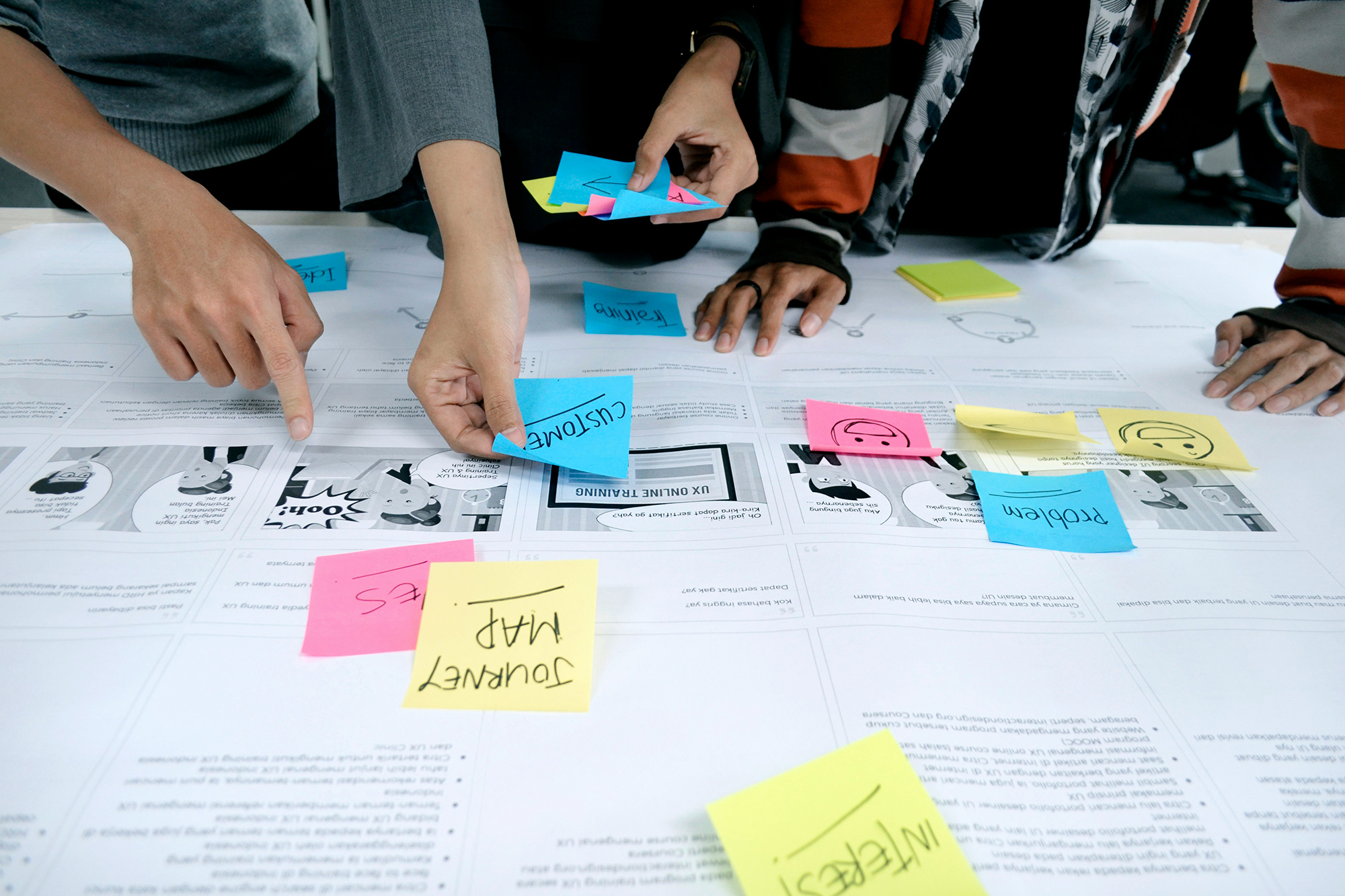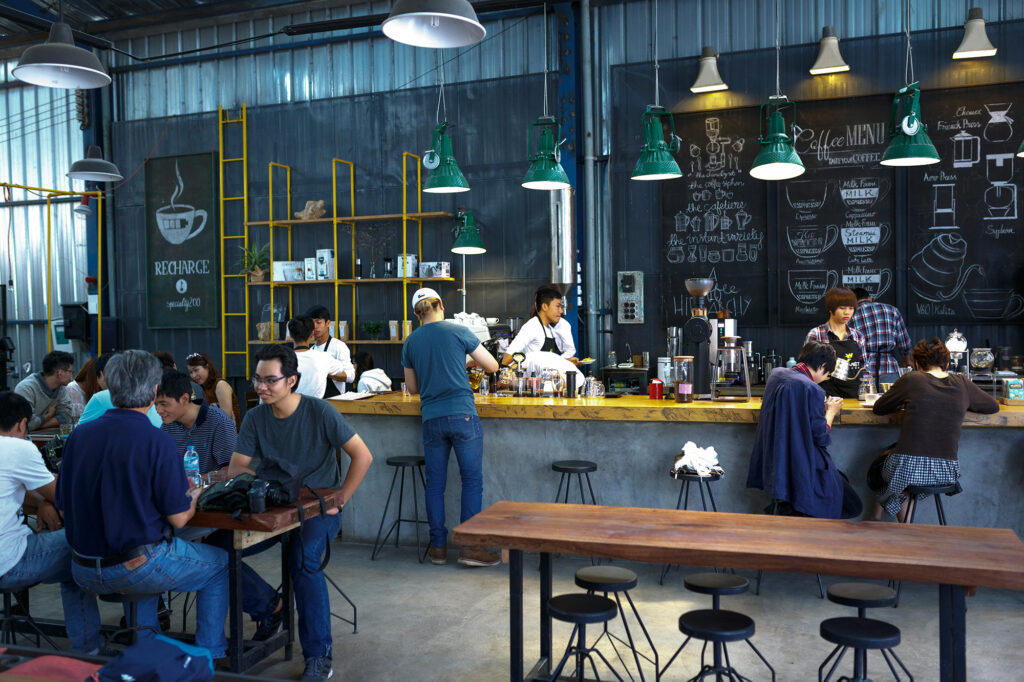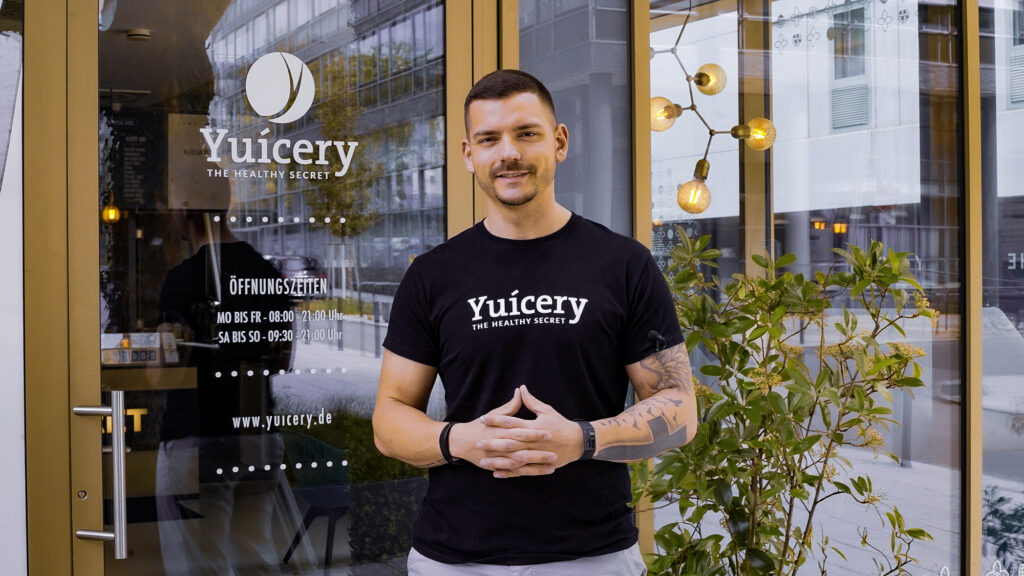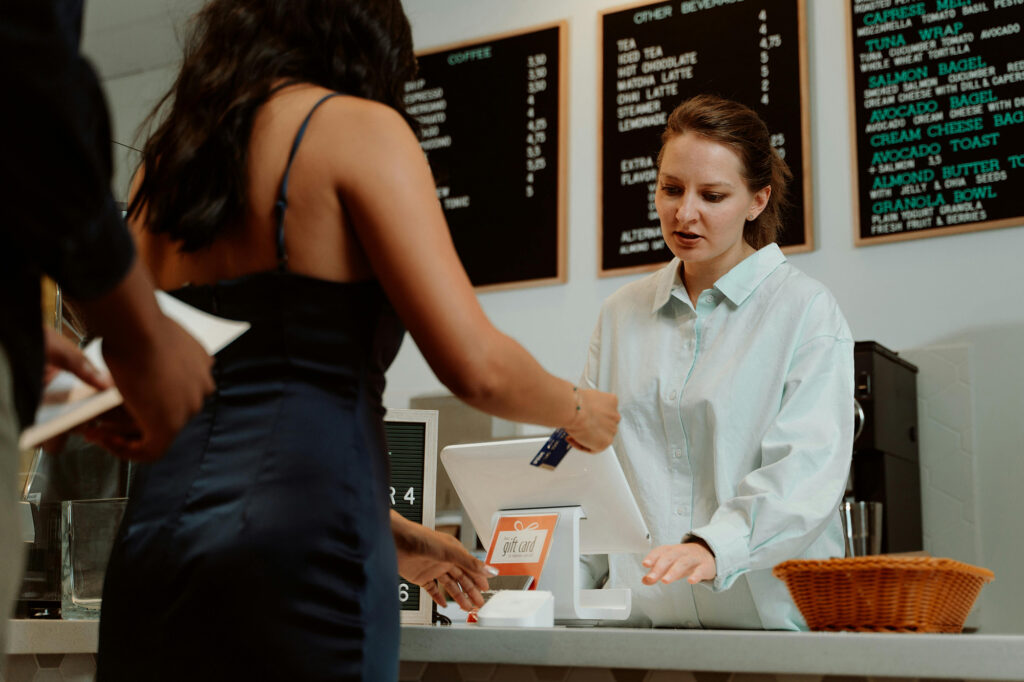In today’s competitive food and beverage (F&B) landscape, understanding and mapping the customer journey is essential for building lasting success. The customer journey encompasses every interaction a customer has with your brand, from initial awareness to becoming a loyal advocate. By effectively mapping this journey, F&B businesses can engage customers, meet their needs, and foster loyalty. This strategic approach positions your brand for long-term growth, allowing you to create memorable experiences that keep customers coming back.
Mapping the customer journey helps F&B businesses understand customer expectations and behaviours at each stage. It allows businesses to create targeted strategies that improve engagement, satisfaction, and ultimately, brand loyalty. In the highly competitive F&B industry, understanding the customer journey can make the difference between a one-time visit and a loyal patron.
The Five Stages of the Customer Journey
The customer journey typically includes five main stages: Awareness, Consideration, Decision, Retention, and Advocacy. Each stage demands a unique approach to ensure a positive and engaging customer experience.
- Awareness: The initial stage where potential customers discover your brand.
- Consideration: Customers compare your offerings with competitors.
- Decision: Customers decide whether to engage with your brand.
- Retention: Focuses on keeping customers satisfied and coming back.
- Advocacy: Satisfied customers promote your brand to others.
Awareness Stage: Capturing Initial Interest
The Awareness stage is the first point of contact where potential customers discover your brand. This stage could occur through various channels, such as social media, your website, digital ads, or offline through word-of-mouth, print media, or your physical location. The goal at this stage is to capture attention and make a lasting first impression.
Key Tactics for Awareness:
- Content Marketing: Create engaging blog posts, videos, and infographics that tell your brand’s story and resonate with your target audience.
- Social Media Campaigns: Use platforms like Instagram, Facebook, and TikTok to share visually appealing content, promotions, and behind-the-scenes looks that generate buzz.
- SEO and SEM: Optimise your website with relevant keywords like “F&B customer journey mapping” and invest in search engine marketing to ensure your brand appears in front of potential customers searching for related products or services.
Consideration Stage: Nurturing Interest and Building Trust
Once customers are aware of your brand, they move to the Consideration stage, where they start comparing your offerings against competitors. This stage is about nurturing their interest and establishing trust. The more informed and engaged a potential customer feels, the more likely they are to choose your brand.
Key Tactics for Consideration:
- Customer Reviews and Testimonials: Display positive feedback on your website and social media to build trust and validate your brand’s quality.
- Engaging Content: Offer behind-the-scenes videos, chef interviews, and stories about your food sourcing to connect on a deeper level with potential customers.
- Email Marketing: Use personalised emails to keep your brand top-of-mind, offering special deals, exclusive updates, or event invitations.
Decision Stage: Converting Interest into Action
The Decision stage is where potential customers decide whether to engage with your brand. They have evaluated options and are ready to act, whether by dining at your establishment or purchasing your products. Your goal at this stage is to make the decision process as simple and appealing as possible.
Key Tactics for Decision:
- Online Reservations and Ordering: Ensure your website or app offers an intuitive booking or ordering experience, with clear calls-to-action that guide the customer through the process.
- Promotions and Incentives: Use time-sensitive deals, discounts, and loyalty programs to encourage customers to choose your brand.
- Responsive Customer Service: Be readily available to answer questions and resolve concerns via social media, phone, or live chat to reassure potential customers.
Retention Stage: Keeping Customers Engaged and Satisfied
After a customer’s first interaction, the focus shifts to Retention. This stage involves maintaining a high level of satisfaction that encourages repeat business. Retention is about consistently delivering on your brand promise and maintaining strong connections with your customers.
Key Tactics for Retention:
- Loyalty Programs: Create a loyalty program that rewards repeat customers with discounts, exclusive offers, or special experiences tailored to their preferences.
- Follow-Up Communication: Send thank-you emails, request feedback, or offer incentives for future visits to strengthen your relationship with customers.
- Social Media Engagement: Stay connected with customers by responding to their posts, sharing user-generated content, and keeping them updated about new offerings or events.
Advocacy Stage: Turning Satisfied Customers into Brand Ambassadors
The final stage, Advocacy, is when satisfied customers promote your brand to others. This stage is the ultimate goal of the customer journey, where your customers not only return but also bring new business your way through positive word-of-mouth.
Key Tactics for Advocacy:
- Referral Programs: Encourage satisfied customers to bring in new business by offering incentives for referrals, such as discounts or exclusive perks.
- User-Generated Content: Highlight photos, reviews, and testimonials from happy customers on your social media and website to validate your brand’s reputation.
- Public Recognition: Show appreciation by celebrating loyal customers, whether through featuring them in marketing campaigns or offering special recognition.
Benefits of Mapping the Customer Journey in the F&B Industry
Mapping the customer journey provides numerous benefits, including:
- Enhanced Customer Satisfaction: By addressing customer needs at each stage, businesses can provide a better overall experience.
- Increased Customer Retention Rates: Consistent positive interactions lead to repeat business.
- Boost in Brand Loyalty and Advocacy: Satisfied customers become brand ambassadors, driving new business through word-of-mouth.
Tools and Technologies for Mapping the Customer Journey
Mapping the customer journey requires the right tools to gather, analyse, and act on customer data effectively. Here are some essential tools and technologies that can enhance your mapping efforts:
- Customer Relationship Management (CRM) Software: Helps track customer interactions and personalise communications.
- Analytics and Feedback Tools: Provide insights into customer behaviour and satisfaction.
- Social Listening Platforms: Allow brands to monitor customer sentiment and engage in real-time.
- HubSpot CRM: A comprehensive CRM platform that streamlines customer data management, tracks interactions across all touchpoints, and automates marketing efforts. HubSpot is particularly beneficial for F&B businesses looking to personalise their marketing strategies and enhance customer engagement throughout the entire journey. With its user-friendly interface and robust analytics, HubSpot enables you to gain deeper insights into customer behaviours and preferences, ensuring your strategies are data-driven and effective.
Common Challenges in Customer Journey Mapping
- Overcoming Data Silos: Ensuring that all departments have access to the same customer data.
- Aligning Teams Across the Journey Stages: Creating a unified approach across marketing, sales, and customer service.
- Ensuring a Consistent Brand Experience: Maintaining the same level of quality and service across all customer touchpoints.
Best Practices for Effective Customer Journey Mapping
- Customer-Centric Approach: Focus on the customer’s perspective at every stage.
- Regular Updates and Iterations: Continuously improve the journey based on feedback and new trends.
- Measuring Success with KPIs: Use key performance indicators to assess the effectiveness of your customer journey strategies.
FAQs
What is a customer journey in the F&B industry?
The customer journey in the F&B industry refers to the complete experience a customer has with a brand, from discovering it to becoming a loyal advocate. It includes stages like Awareness, Consideration, Decision, Retention, and Advocacy.
Why is mapping the customer journey important for F&B businesses?
Mapping the customer journey helps F&B businesses understand customer needs at each stage, allowing them to create targeted strategies that improve engagement, satisfaction, and loyalty.
How can F&B brands enhance the Awareness stage?
Brands can enhance the Awareness stage through content marketing, social media campaigns, and SEO/SEM strategies that increase brand visibility and attract potential customers.
What are effective tactics for the Consideration stage?
To nurture interest during the Consideration stage, F&B businesses should use customer reviews, engaging content, and personalised email marketing to build trust and inform potential customers.
How can F&B brands improve customer Retention?
F&B brands can improve Retention by implementing loyalty programs, maintaining consistent service quality, and engaging customers through follow-up communications and social media interactions.
What role does customer Advocacy play in the F&B industry?
Customer Advocacy turns satisfied customers into promoters of your brand, helping to bring in new business through positive word-of-mouth, reviews, and social media engagement.
Conclusion: The Path to Long-Term Success
Mapping the customer journey is fundamental to creating an engaging and satisfying experience in the F&B industry. By focusing on each stage—Awareness, Consideration, Decision, Retention, and Advocacy—your business can attract and retain customers, turning them into passionate brand ambassadors.
Ready to take your F&B business to the next level? Here’s how Consult Nadia can support you:
- Customer Journey Mapping Template: Visualise and optimise every touchpoint in your customer journey with our easy-to-use template.
- The Customer Loyalty Blueprint for Restaurants: Transform one-time diners into loyal patrons with proven loyalty program strategies.
Additionally, consider joining our Masterclass for in-depth strategies to boost profitability, optimise operations, and create unforgettable customer experiences.





